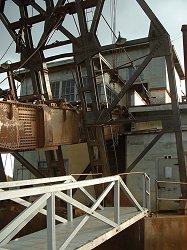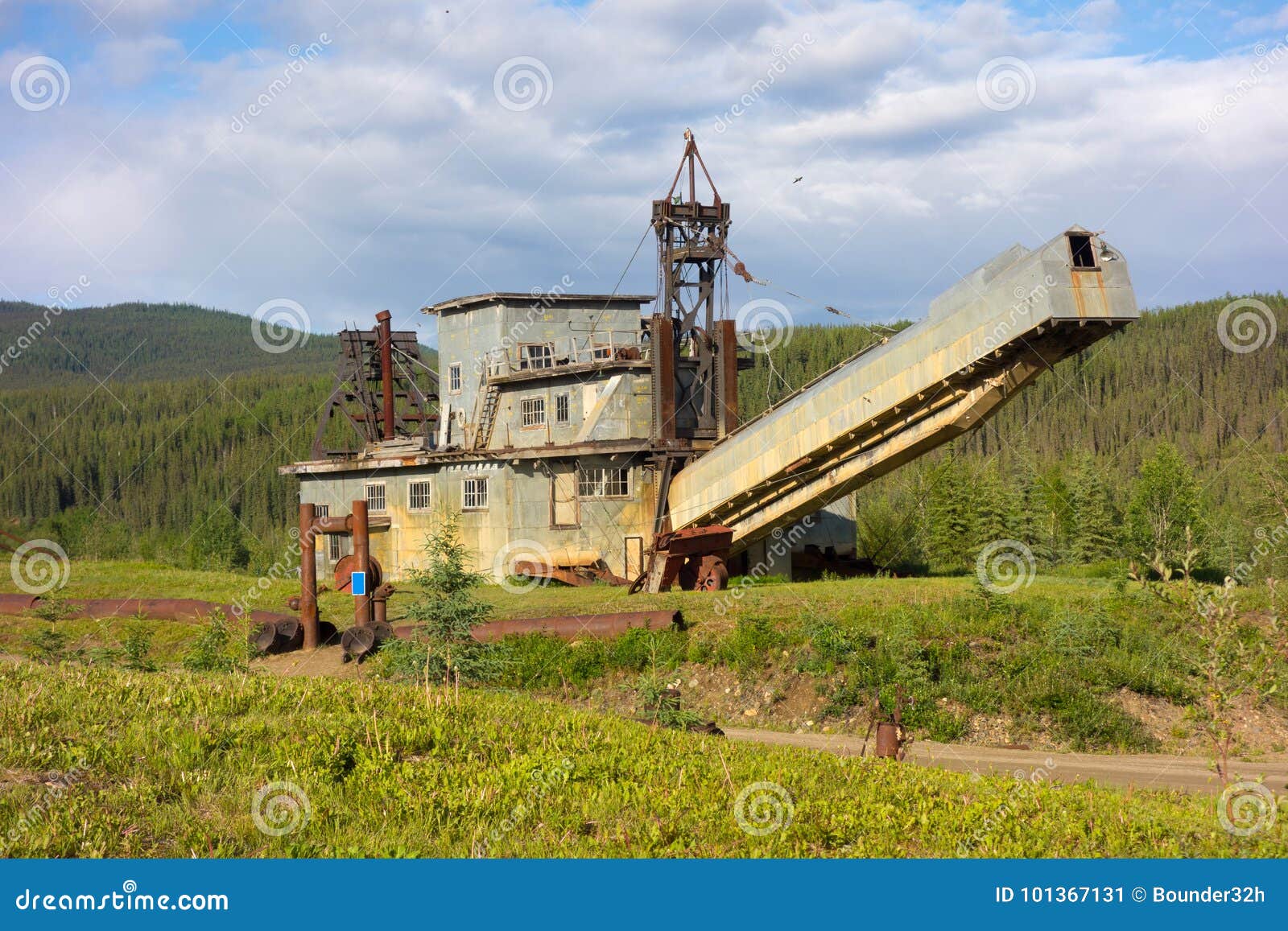

With the arrival of snow, they sought shelter in the lowlands, using their keen sense of smell to paw through the deep snow to feed on lichen. They spent the summer on the alpine tundra, where breezes relieved them from the torment of insects. In the Spring they moved to treeless ridges to bear calves. The terrain was also home to the famous Fortymile caribou herd, the largest herd of caribou in Alaska. As we passed the tributaries and creeks – Logging Cabin Creek and West Fork and Dennison Fork -with water rushing and clear, we could imagine early prospectors drawn to them as a source of hidden gold. We were in Fortymile River country, named such because the river merged with the Yukon forty miles below Fort Reliance, an abandoned trading post. The fireweed alongside the road was blooming but on the higher slopes of Mount Fairplay snow still lay in patches. The northern terrain unfolded in a succession of ridges, in varying shades of grey and green. The road climbed to great heights and vistas. Alaska’s inherent social distancing this year allowed us to be tourists in our own state. We took the advice given to us, carried an extra water supply and filled our gas tank before we started. The road that led there was sparsely travelled, partly because the Canadian border was closed due to a new outbreak of the pandemic in Dawson City. I heard about this tiny community, near the Canadian border, halfway between the Tok River and the Yukon River. I have lived in Alaska for twenty years but had never been to Chicken.

Our trip literally took us to the top of the world.


 0 kommentar(er)
0 kommentar(er)
